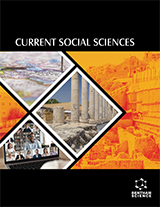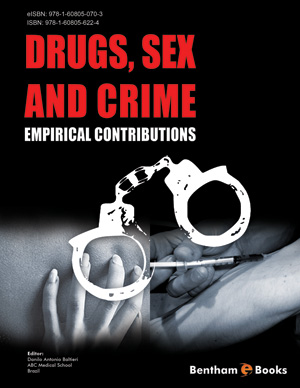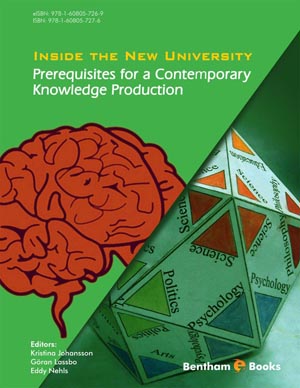Abstract
Folk cultures are self-sufficient, interdependent groups that are homogenous in race and custom, retaining traditional customs and getting along with simple technology. There is usually a strong attraction to things of the earth and strong bonds to lands, employing obsolete means of production. These cultures endorse traditional healing practices (“folk medicine”), often in addition to shamans, medicine-men or modern medicine. Modern physicians often label some of their practices as superstitious or bogus. Folk healers abound in urban centers with significant population of immigrants who are attuned to folk medicine. Like shamans, folk healers usually attribute illness to “personalistic,” or unnatural causes-such as a spell or a spirit of an ancestor causing the illness. People seek folk healers for culture-bound syndromes such as running amok, lulu, susto, or for the evil eye. Also, folk healers are sought for non-somatic concerns, such as for fortune-telling, advice or help in ending bad luck, in bringing back an errant spouse, etc. Curanderos are popular folk healers among Mexican and Latin American people, and they incorporate Catholic religious symbols in addition to herbal concoctions, wild plants, bone-manipulation, “energy techniques,” massage and practical advice. In Mexico a great number of folk practitioners are known as spiritists. They go into a trance-possession state, much as shamans do, and employ ritual cleansing, purgatives, massages, baths, spiritual surgeries, religious ritual, as well as pharmaceuticals. In many instances the patient has an evil spirit that requires extraction. Catholic folk healers, called rezadeiras, use prayers, rituals, advice, charms, herbs and pharmaceuticals to treat common ailments as well as complaints of the evil eye. In Guatemala the people invoke a Mayan figure known as San Simon-a trickster spirit of many talents. He is the patron saint of businessmen as well as healer of illnesses, and no task is beyond his potential assistance. A popular folk hero known as Jesus Malverde is a powerful influence on people in Mexico as well as immigrants in the United States. Rootwork, an African-American form of voodoo, constitutes a significant part of the world view of many people in the Southern United States and in Mexico. Root doctors combine a belief in the magical causation of illness (usually thought to be hexes) with cures by sorcery. Native Americans often participate in some form of traditional healing-whether attending a Sun Dance ceremony, consulting with a shaman, or participating in singing rites, purification rites, or the use of herbal remedies and medicine wheels. In the Philippines “psychic surgery” has become a very popular and “miraculous” folk healing. The claim is that these healers open up the patient’s body with bare hands and “remove” organic material such as palm leaves, seeds, hair or even blood, tumors and diseased tissue.













